The Complete Guide to Storing Fruits and Vegetables
Americans waste a staggering amount of food—about 60 million tons annually, equivalent to 120 billion pounds. That’s like tossing out the contents of an entire planet-sized pantry! This excessive waste, averaging 325 pounds per person, is not just mind-boggling but also wallet-draining. In light of these staggering statistics, learning how to store fruit and vegetables efficiently becomes not just a matter of reducing waste but also a crucial step towards sustainable living and mindful consumption.
With a few simple tricks to reduce the amount of fresh produce we toss, we can minimize the disposal of fresh produce in our homes to make a big, positive impact on both the environment and our grocery expenses! Read on for everything you need to know about how to store fruit and vegetables.
Jump to
- Apples
- Asparagus
- Avocados
- Bananas
- Beets
- Blueberries
- Carrots
- Cherries
- Cilantro
- Citrus Fruits
- Cucumbers
- Garlic
- Ginger
- Grapes
- Herbs
- Lettuce
- Mangoes
- Mushrooms
- Onions & Potatoes
- Peaches
- Strawberries
- Tomatoes
- Watermelon
Apples
To keep your apples fresh and delicious, find a nice spot on your countertop and place the apples in an uncovered fruit bowl, away from direct sunlight. This allows them to breathe and maintain their best.
To keep whole apples fresh for around six weeks, here’s a great hack: wrap each one in a slightly damp paper towel, then tuck them into a plastic bag with a few small holes. Place the bag in your refrigerator’s crisper drawer. This method helps to retain their crispness and flavor for an extended period.
Remember that apples release ethylene gas, which speeds up the ripening process of other produce that may be sitting nearby. Apples need their own space … who can identify? I see those hands!
- RELATED: Three Apples a Day to Lose Weight
Asparagus
You can keep your asparagus fresh by storing it in the refrigerator’s crisper drawer for about a week. You can also treat it like fresh flowers by trimming the ends slightly (about 1/4-inch) and placing them in a cup, mug, or vase with a few inches of water.
Store this setup in the fridge or, if needed, on the countertop for a few days. To maintain the crispness, cover the asparagus with plastic wrap, a plastic bag, or a paper towel. If the water becomes cloudy, replace it, ideally daily. Using these methods, you can extend the freshness of your asparagus for more than a week.
Avocados
To store an unripe avocado, leave it whole on your countertop, away from other produce. It usually stays good there for four to five days, but because avocados vary, make sure to check for ripeness every day.
Once your avocado is ripe or nearly so, you can extend its freshness by refrigerating it. The fridge can keep it good for several days, but the duration depends on how ripe it is. To store it properly, use an airtight food container or the produce drawer. Be cautious if it’s in the drawer with bananas or apples, as their ethylene gas can speed up ripening. Keep an eye on it regularly in that case.
Freezing an avocado half is easy. First, take out the pit and skin. Next, add a bit of lemon or lime juice to the flesh and wrap it tightly with plastic wrap. For extra protection against oxygen, use a vacuum-sealed bag or a sealed plastic bag.
Bananas
When you don’t eat them right away, choose slightly green bananas and keep them apart from other fruits in the fruit bowl (since they give off lots of ethylene gas). A banana tree can help avoid bruising. Also, avoid sunlight as it speeds up ripening.
Beets
To store whole beets correctly, start by trimming most of the greens, leaving a small stub attached to the bulb. You can either discard the extra greens or cook them with garlic and olive oil. Leave the skin on the beet to preserve its freshness. Don’t wash the beets, even if they’re dirty, as moisture speeds up spoilage. Keep the beets in your crisper drawer in the fridge, without a plastic bag, to allow for proper ventilation. This setup can keep beets fresh for around two months.
If you want to freeze fresh beets, it’s better to cook them before freezing to prevent sogginess when thawed.
Blueberries
Once you get home, check the blueberries and take out any bad ones that might be hidden. Mold spreads quickly, so it’s smart to act early. To prevent mold, hold off on washing the berries until you’re about to eat them. Remember, moisture is what you want to avoid when keeping blueberries fresh.
For storing blueberries, use a container that allows air to flow (like the pint they came in), and put a paper towel inside to soak up extra moisture. Place the berries in the container and keep it on a shelf in the fridge. A shelf is better than a crisper drawer since it has more air circulation. Doing this, your blueberries should stay good for around a week.
To freeze blueberries, first cool them in the freezer on a baking sheet for a couple of hours, then transfer them to a plastic bag or a container that’s safe for freezing.
Carrots
Cut off the carrot greens and decide whether to throw them out or use them in recipes, like pesto. Keeping the greens attached makes the carrots moist and leads to quicker rotting. Don’t wash whole, unpeeled carrots until you’re ready to use them. Keeping them dry helps them last longer. To store, wrap the carrots in a dry paper towel and put them in an airtight container or bag in the coolest fridge spot.
To freeze carrots, start by blanching them. Afterward, spread them on a baking sheet and put them in the freezer to cool for a few hours. Once they’re cool, put them in an airtight bag and put them back in the freezer.
Cherries
Once you’re home from the store, place cherries in the fridge to keep them from spoiling quickly. They’ll remain fresh for about a week in there. It’s best not to cover them; leaving them uncovered helps prevent moisture buildup and spoilage.
To freeze pitted cherries, wash them, remove the stems, and spread them on a baking sheet to cool in the freezer. After they’re cool, transfer them to a freezer-safe container, seal it tightly, and put it back in the freezer.
Cilantro
First, trim the ends of the cilantro stems as you would prefer flowers for a vase. Put the bunch and stems down in a can or jar with a bit of water. Loosely cover the leaves with a clean plastic bag. Keep it in the fridge since cilantro likes cooler temps. Change the water if it turns discolored. This method can make cilantro last about two weeks. Don’t wash it until you’re ready to use it to prevent quick spoilage from moisture.
The best way to freeze cilantro is to blend it first with a bit of water or olive oil until smooth, then pour into an ice cube tray. Once frozen you will have cube-size cilantro whenever you need it.
Citrus Fruits
Keep oranges, limes, and lemons at room temperature. Move them to the refrigerator when they’re no longer at their best to extend freshness. The same applies to tomatoes and avocados. If your citrus is getting too ripe, slice and freeze as handy as ice cubes for drinks.
Cucumbers
After buying cucumbers, wash and dry them well to avoid spoilage. Wrap each one in cloth or plastic wrap and keep them in an airtight container. The plastic wrap protects them and locks in moisture, keeping the cucumbers from getting too ripe or mushy.
Garlic
Keep garlic heads in a cool, dry spot with good airflow, like a basket on your counter (away from sunlight). It’s better to avoid the fridge unless you’ll use it in a few days, as garlic prefers a cool, not cold, environment.
You can freeze garlic in various ways: whole heads, peeled cloves, or grated. For peeled cloves, spread them on a baking sheet and freeze until solid, then store in a freezer bag.
Ginger
Keep your ginger fresh by placing it in an airtight container or sealed plastic bag, then store it in the fridge’s crisper drawer. This keeps it good for around a month or even more.
Before freezing, wash and dry the ginger root, then put it in a plastic bag or container suitable for freezing.
Grapes
Wash and dry whole grapes, then put them in a well-ventilated container in your fridge’s crisper drawer. This keeps them fresh for about three weeks. Don’t use an airtight container or plastic bag, as it hampers air circulation.
Freezing grapes is easy. Rinse, dry, and spread them on a baking sheet. Freeze for a few hours or overnight, then store them in a container for quick access.
Herbs
To keep fresh basil and herbs, use this tip: chop the leaves with a food processor, place them in an ice cube tray with a bit of olive oil, and freeze. When you want basil for cooking, grab a frozen herb cube.
Lettuce
When dealing with lettuce like romaine or spinach, take it out of the packaging and remove any damaged outer leaves. Wrap the heads in paper towels and put them in new plastic bags in the fridge’s crisper drawer. Keep the leaves whole and unwashed until you’re ready to use them. Whole heads stay fresh longer and avoid water, which makes them wilt.
When it comes to iceberg lettuce, the storage is a bit different. Keep it in its original packaging in the fridge’s crisper drawer until you’re ready to use it. Don’t break it apart or wash it until you’re about to eat, as extra water can make it go bad.
If you have homegrown lettuce, decide when to wash it based on its cleanliness. If it’s clean, store it like other types. If it’s gritty or might have bugs, wash it before storing. Put washed greens in plastic bags with paper towels to soak up moisture and keep them in the fridge’s crisper drawer. Remember, washing makes them spoil sooner, so aim to eat them within a few days.
Mangoes
Keep unripe mangoes at room temperature, not in the fridge. They’ll get sweeter and softer over a few days. To make them ripen faster, use a paper bag. Once they yield to touch, they’re ready. Ripe mangoes can be eaten or stored in the fridge for about five days.
Freezing a ripe mango is simple. Peel, cut into cubes or slices and spread on a parchment-lined baking sheet. Freeze for at least two hours. Then, move the frozen pieces to a freezer-safe bag, remove the air, seal them, and label them with the date.
Mushrooms
If you bought pre-packaged mushrooms, keep them in their packaging. It’s designed to keep them dry. If not, store the whole mushrooms in a brown paper bag with paper towels. Don’t seal the bag; airflow helps. Mushrooms release moisture, so they need absorbent packaging. Wash them just before using to prevent quick spoilage. Keep them in the fridge to stay fresh for about a week.
To freeze mushrooms, clean them and place in an airtight freezer-safe bag or container. This keeps them good in the freezer for around two months.
Onions & Potatoes
Keep onions, potatoes, and shallots fresh in a cool, dark spot like a cupboard or cellar. Don’t use plastic bags, as they can cause spoilage. Once cut, put onions in a resealable bag in the fridge for about a week. To make onions last longer, chop and freeze them in a container.
Potatoes are like onions—they’re not great in the fridge but can be frozen. For best results, make your potato dish (like mashed potatoes or tater tot casserole), then freeze it in a freezer-friendly container. You can also par-cook the potatoes to reduce moisture and prevent them from getting mushy when frozen.
Peaches
To ripen peaches, leave them on the counter in a single layer for a few days. Once ripe, enjoy them right away or refrigerate to slow the ripening. Only wash peaches before eating to preserve their freshness, as the skins help keep the flesh protected.
You can freeze peaches without any issues. Freezing peaches is a smart way to prevent food waste and enjoy the taste of summer peaches later on. They’ll remain fresh in the freezer for approximately 6 to 12 months.
- Bring a pot of water to a boil and prepare an ice water bath beside the pot.
- Use a small knife to carve a shallow X in the bottom end of each peach.
- Place the peaches in the boiling water for 30 seconds, then transfer them to the ice water bath using a slotted spoon.
- Gently peel off the peach skins with your hands. This should be very easy.
- Pit and slice the peaches then lay them out in a single layer on a parchment paper-lined baking sheet.
- Freeze until solid, roughly three hours.
- Move the frozen peach slices to a freezer-safe sealed plastic bag, and return them to the freezer.
Strawberries
To store strawberries, put a clean, dry paper towel in a container, lay unwashed strawberries on it, seal the container, and put it in the fridge.
To freeze strawberries, great for desserts or smoothies, just lay them cut-side down on a wax paper-covered cookie sheet. Freeze for a few hours, then transfer to a sealed container and back in the freezer. Using this way, frozen strawberries stay good for around 10 to 12 months.
Tomatoes
If your tomatoes aren’t ripe yet, leave them on the counter for a few days until they’re fragrant and slightly soft to the touch. Once they’re ripe, eat them or store them in the fridge to keep them fresh—they’ll stay good for around two weeks.
If you have a bounty of ripe tomatoes and you’re not going to use them all, give them a rinse, let them dry, remove their stems, and freeze them in a freezer-proof container or bag. Once thawed, frozen tomatoes will not be good for slicing, but are awesome in stews and sauces!
Watermelon
If you’re not digging into your watermelon immediately, keep it on the counter, away from direct sunlight. In mild weather or air conditioning, it’s good on the counter for 1-2 weeks. If it’s ripe but you’re busy, no worries. Keep the whole watermelon in the fridge, and it will stay fresh for another 2-3 weeks.
To freeze watermelon, cut it from the rind, chop it into small pieces, and remove the seeds. Lay the pieces on a parchment paper-covered baking sheet and freeze them quickly for a few hours. Once frozen, transfer the chunks to a freezer-safe container or bag, label them with the date, and pop them back in the freezer.
Download a Cheat Sheet for How to Store Fruit & Vegetables
No need to stress, I’ve got you covered! I’ve put together a helpful PDF guide on storing fruits and vegetables that you can download for free. It’s a valuable resource to keep on hand, ensuring your produce stays fresh and delicious for longer.
A Small Change with Big Impact
In a country where we’re tossing out enough food to feed a small planet, adopting simple strategies to preserve fresh produce can make a significant impact. By implementing these storage techniques, we’re not just cutting down on waste but also contributing positively to our budget. So let’s give Mother Earth a high-five, all while enjoying our crisp apples and even crisper consciences!
Question: What’s your favorite tip for reducing food waste in your household? Let me know down below. And while you’re at it, share your go-to method for how to store fruit and vegetables efficiently!

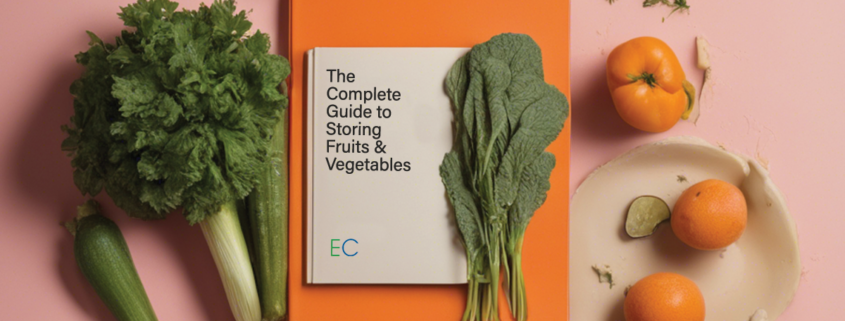

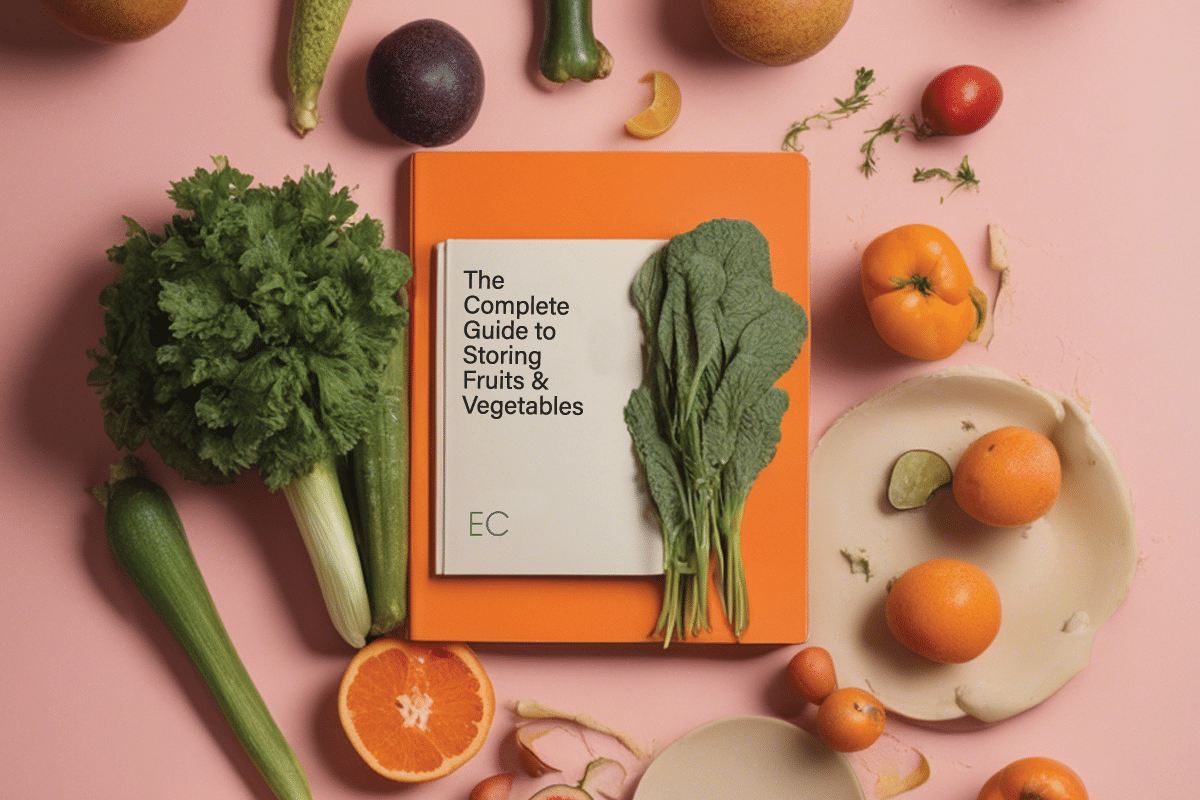
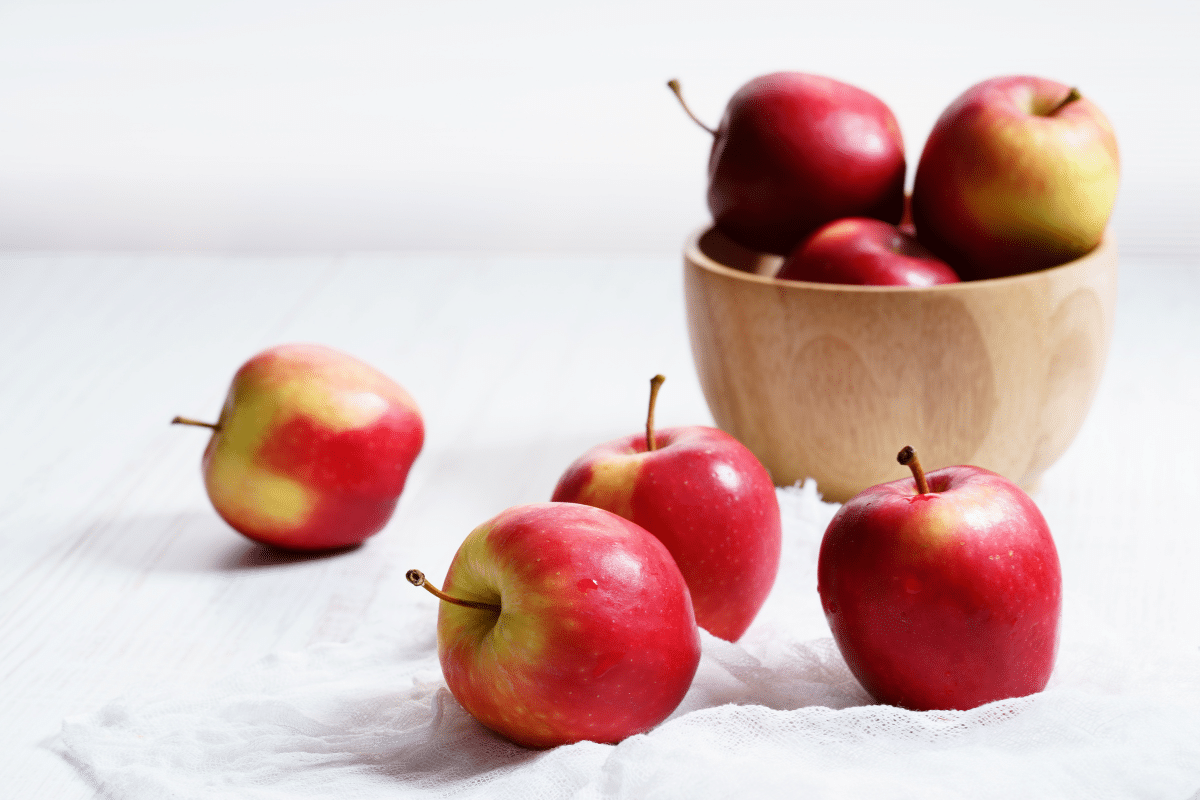
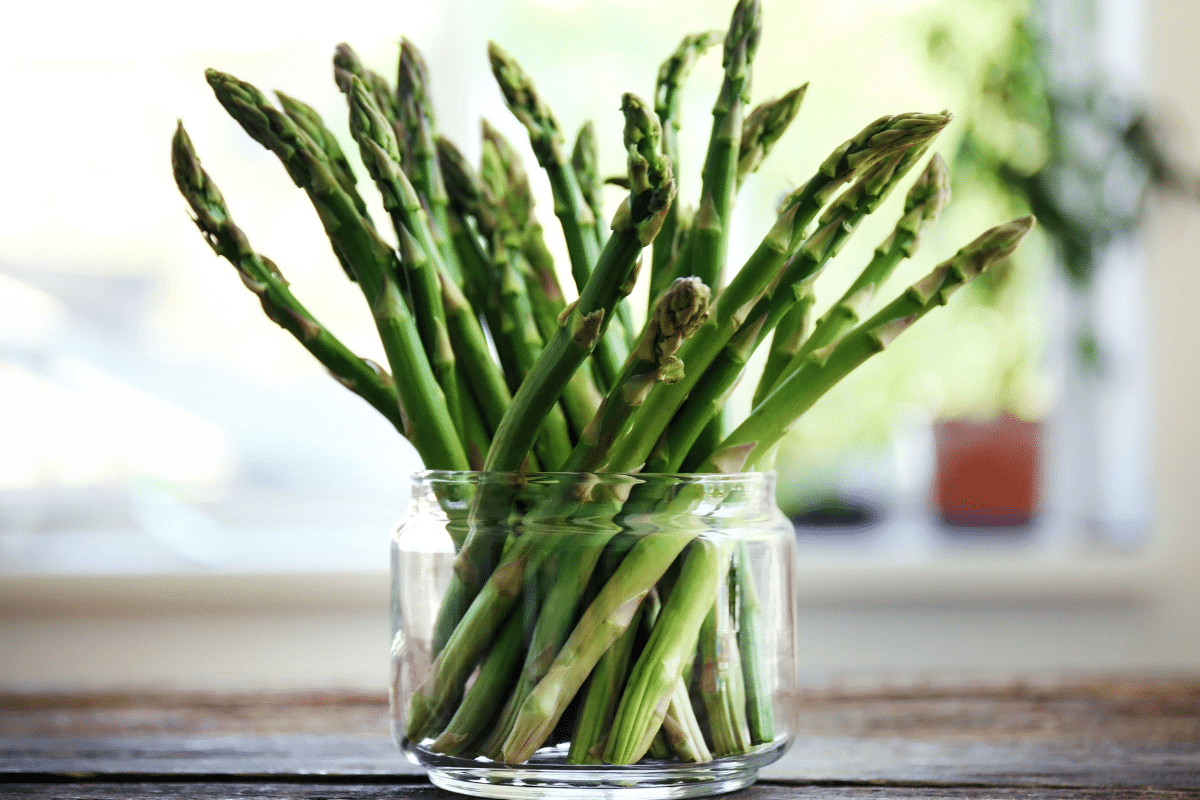
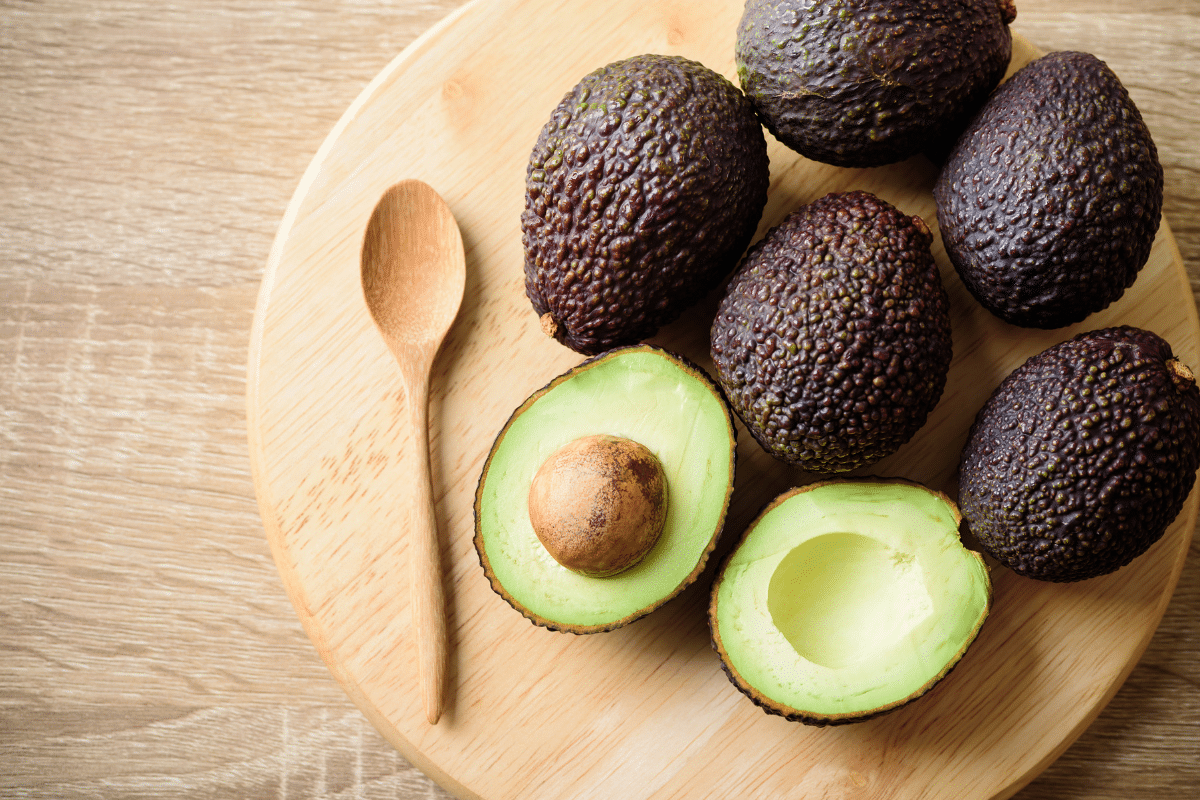
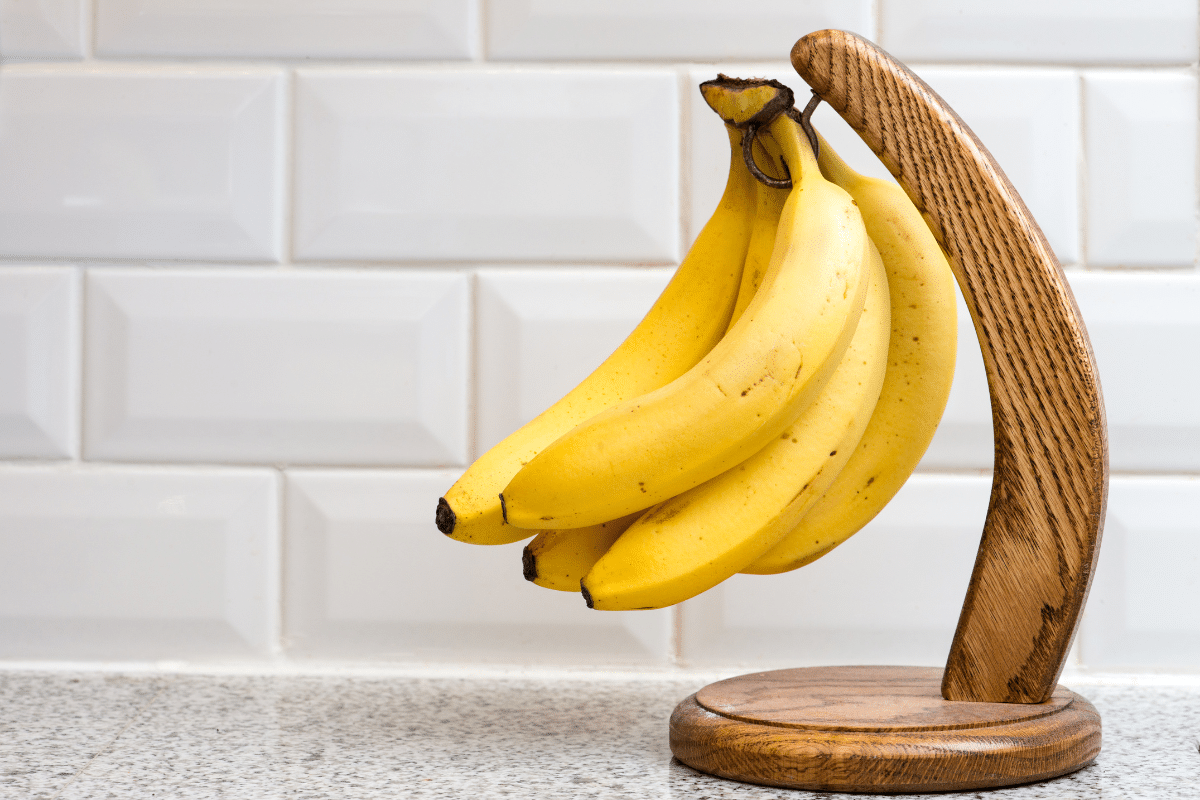
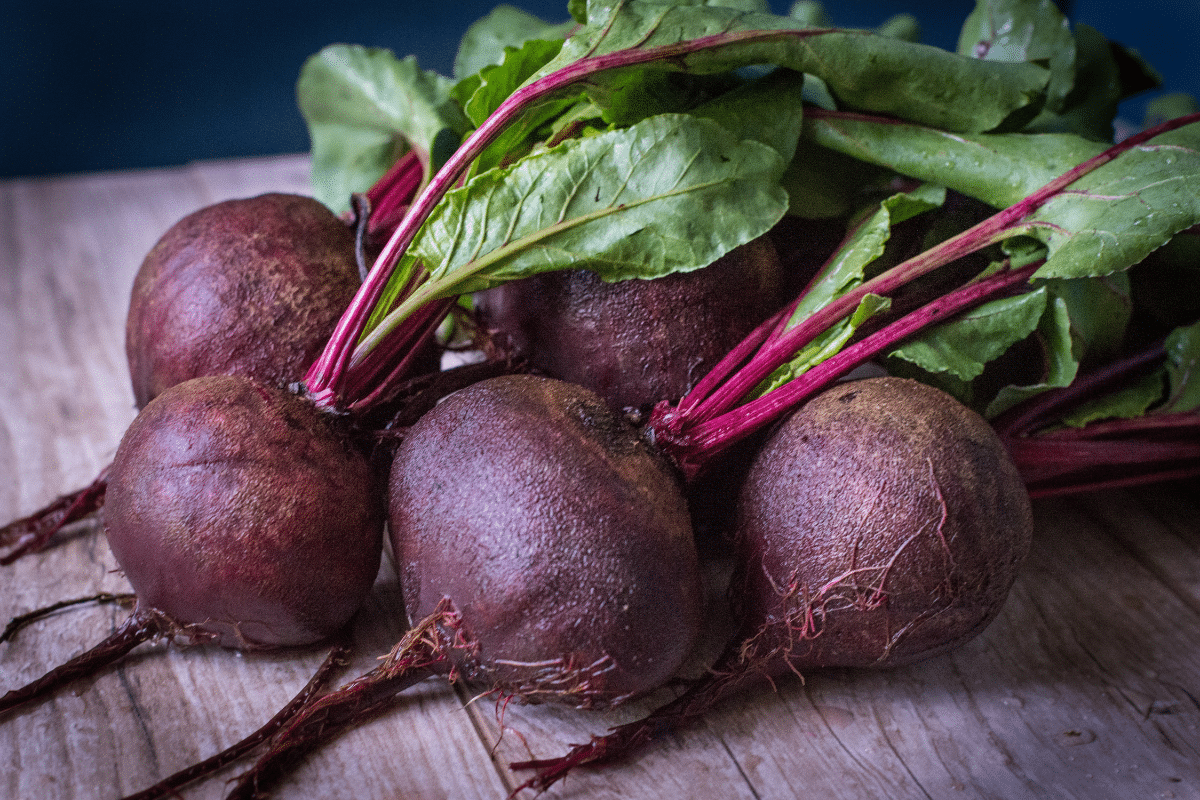
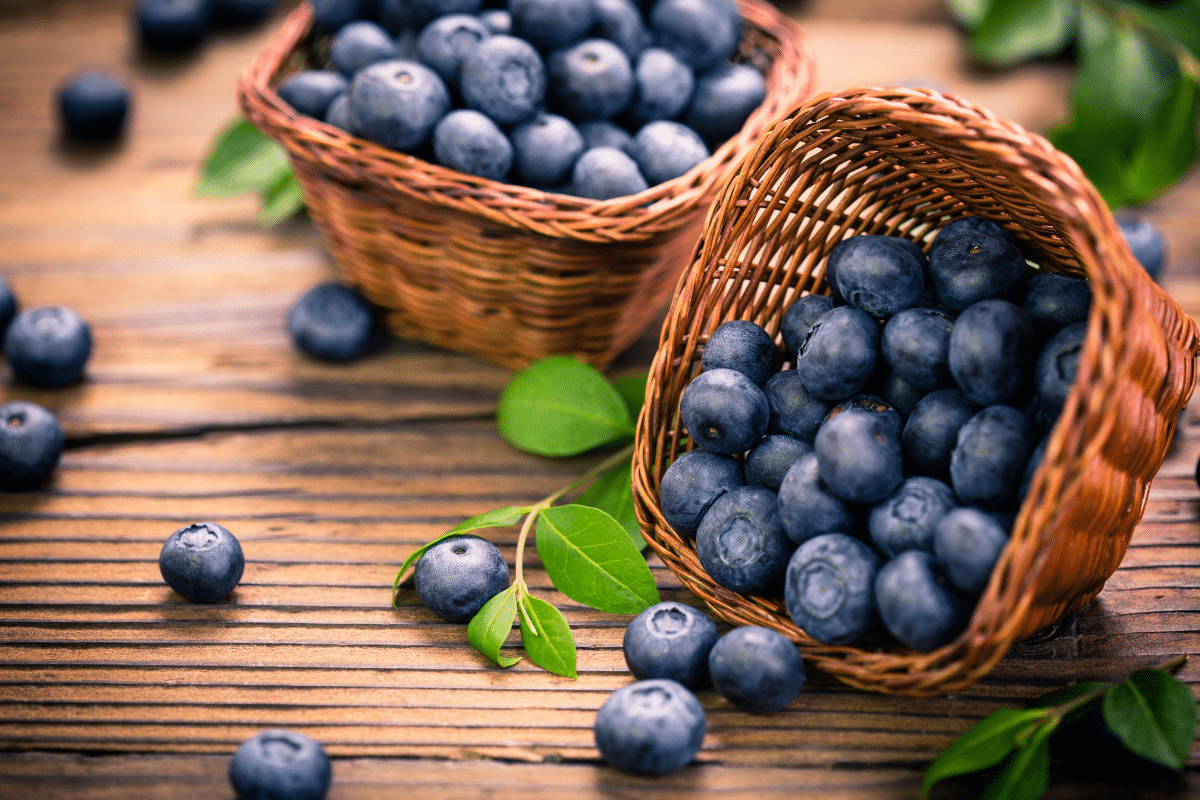
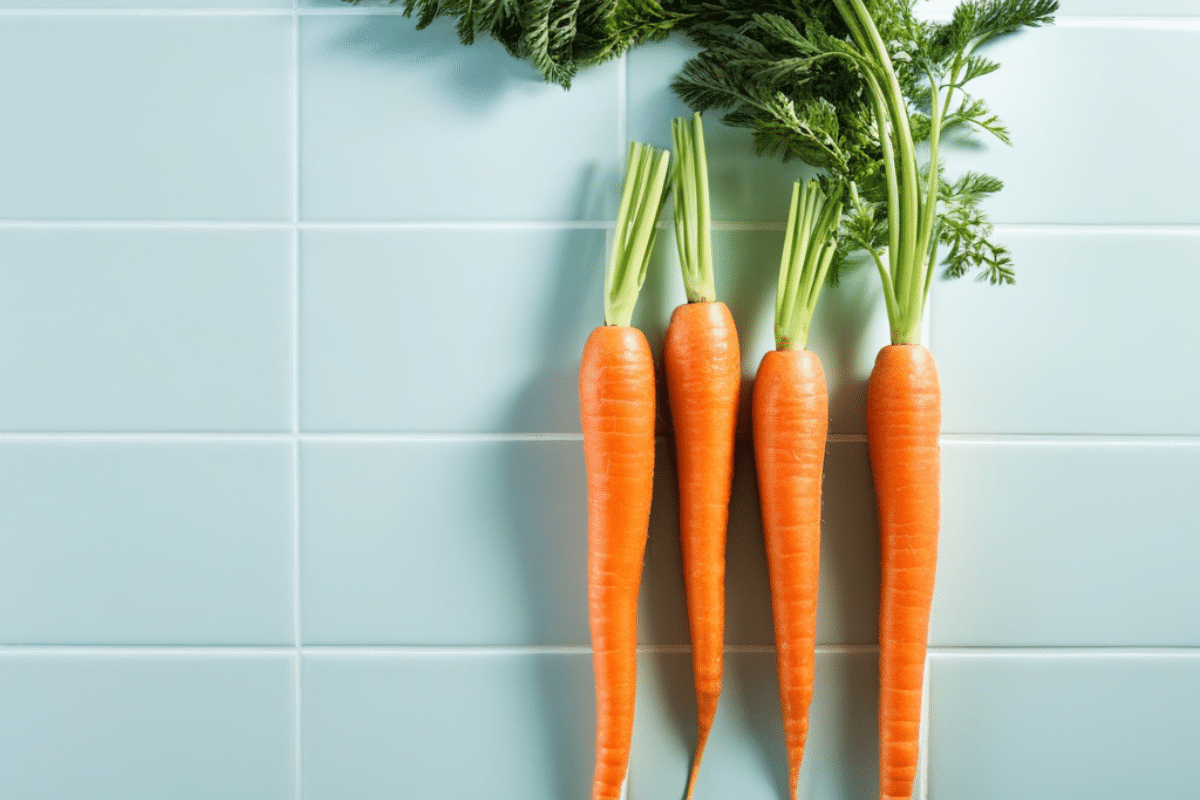
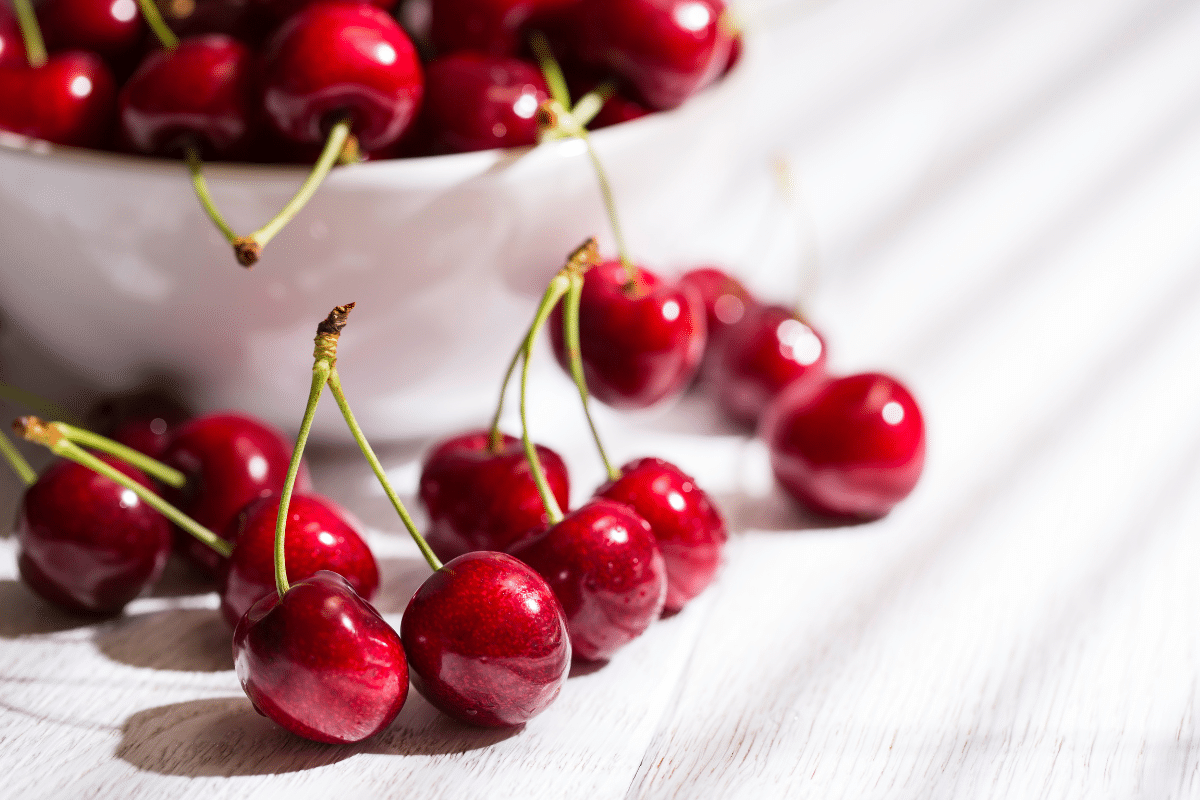
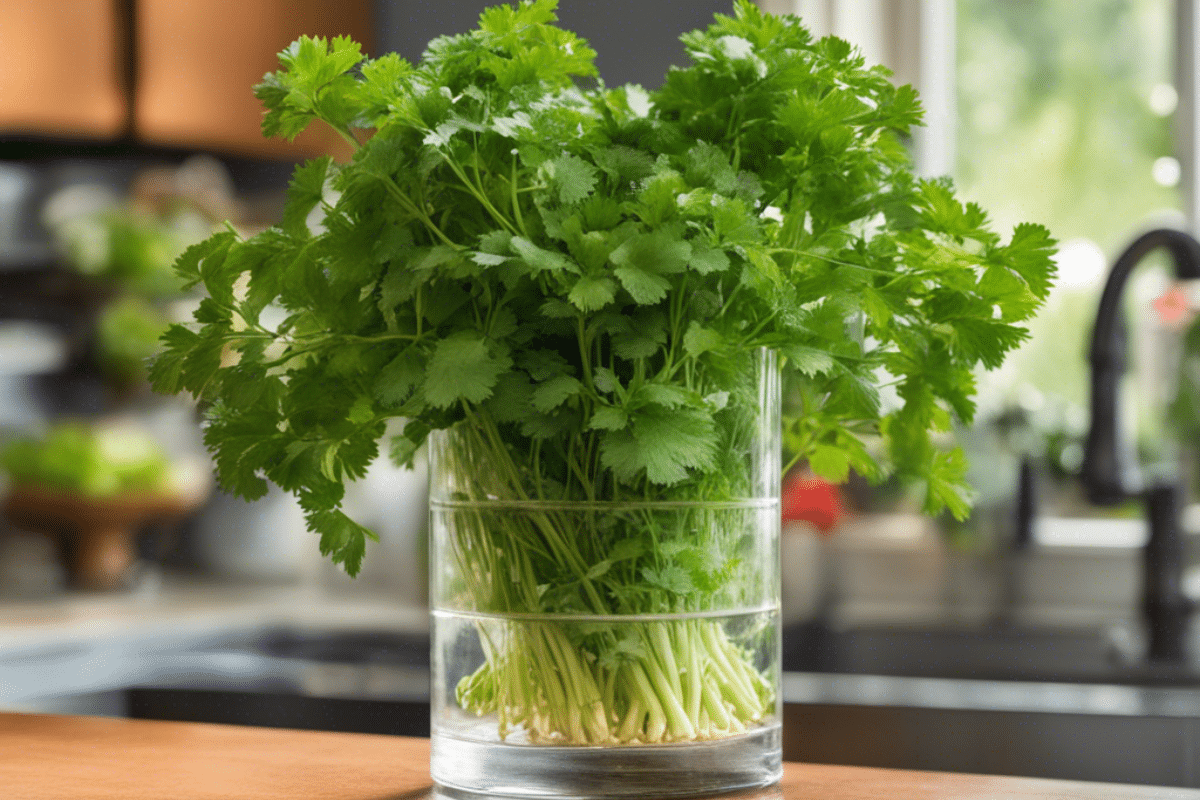
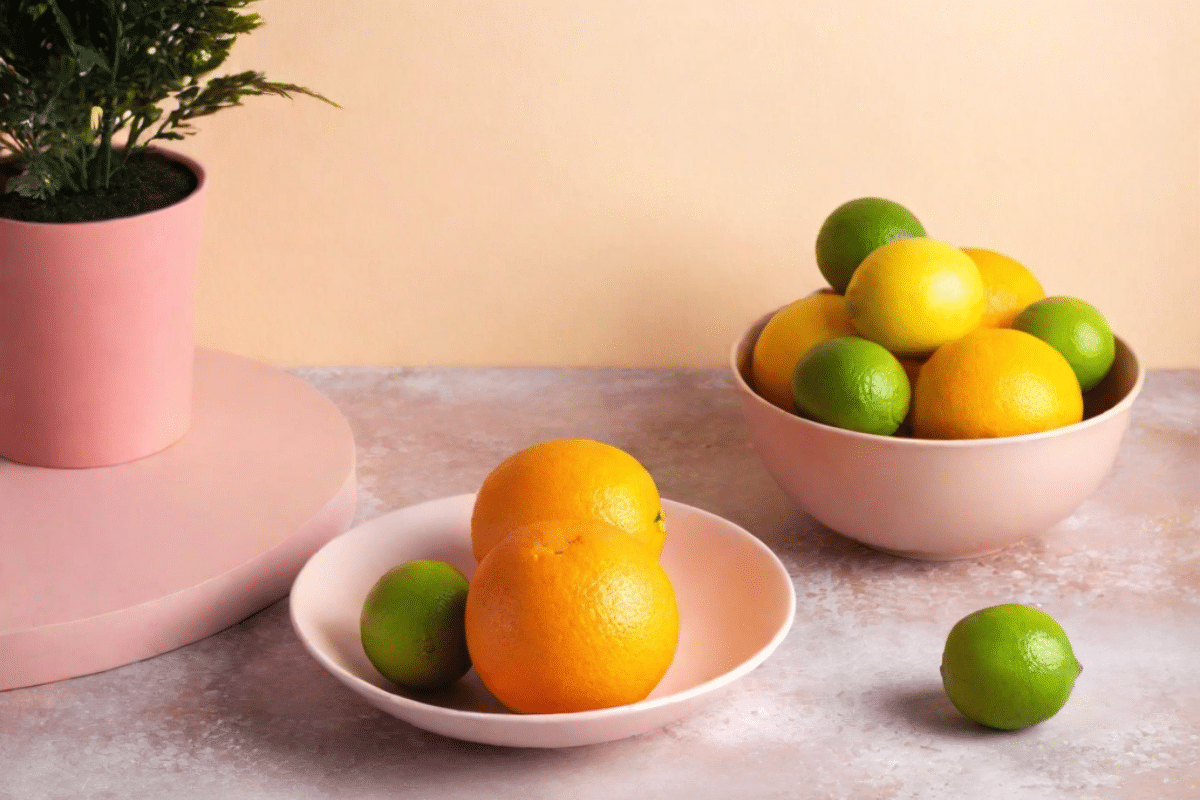
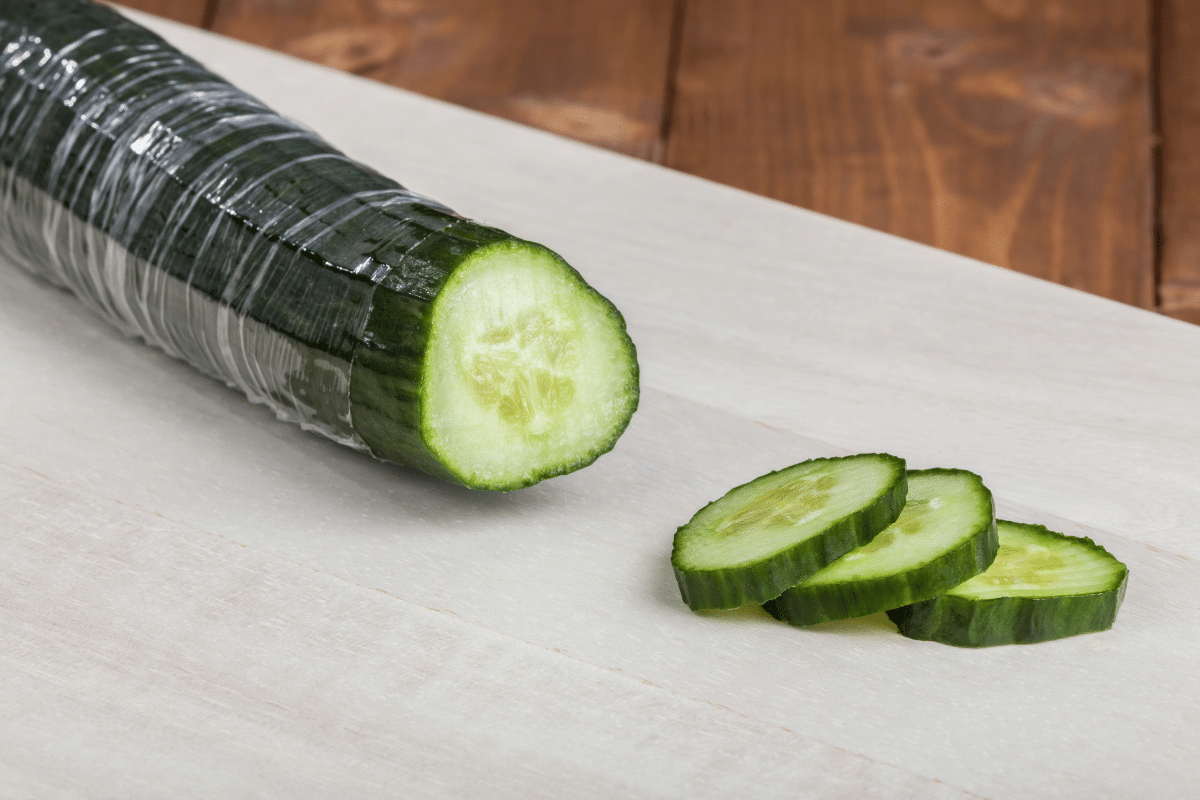

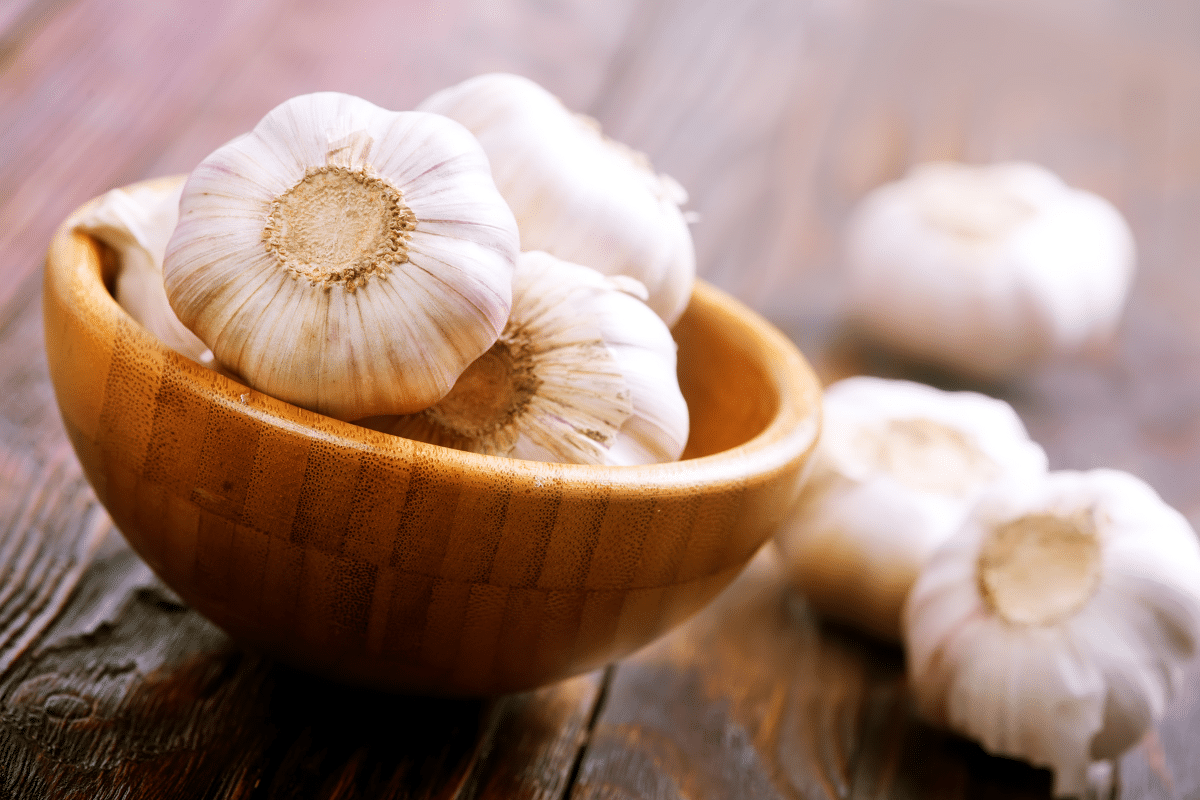
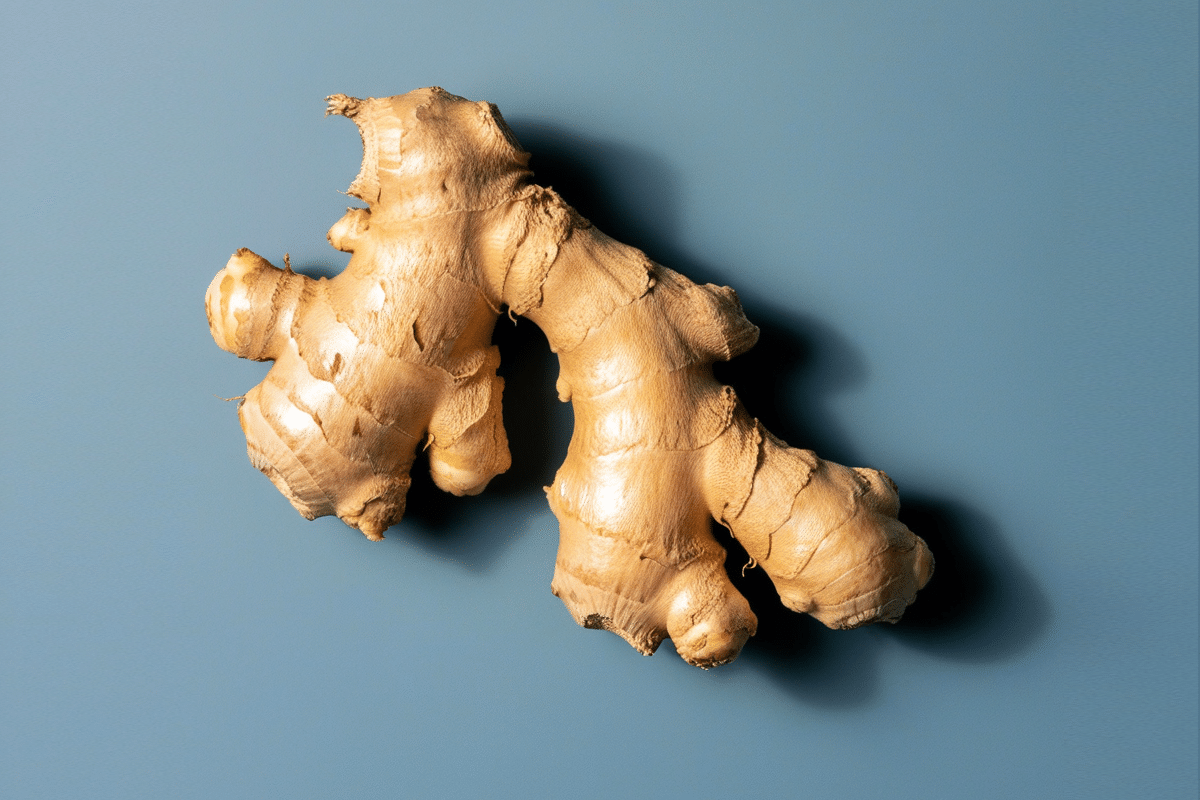
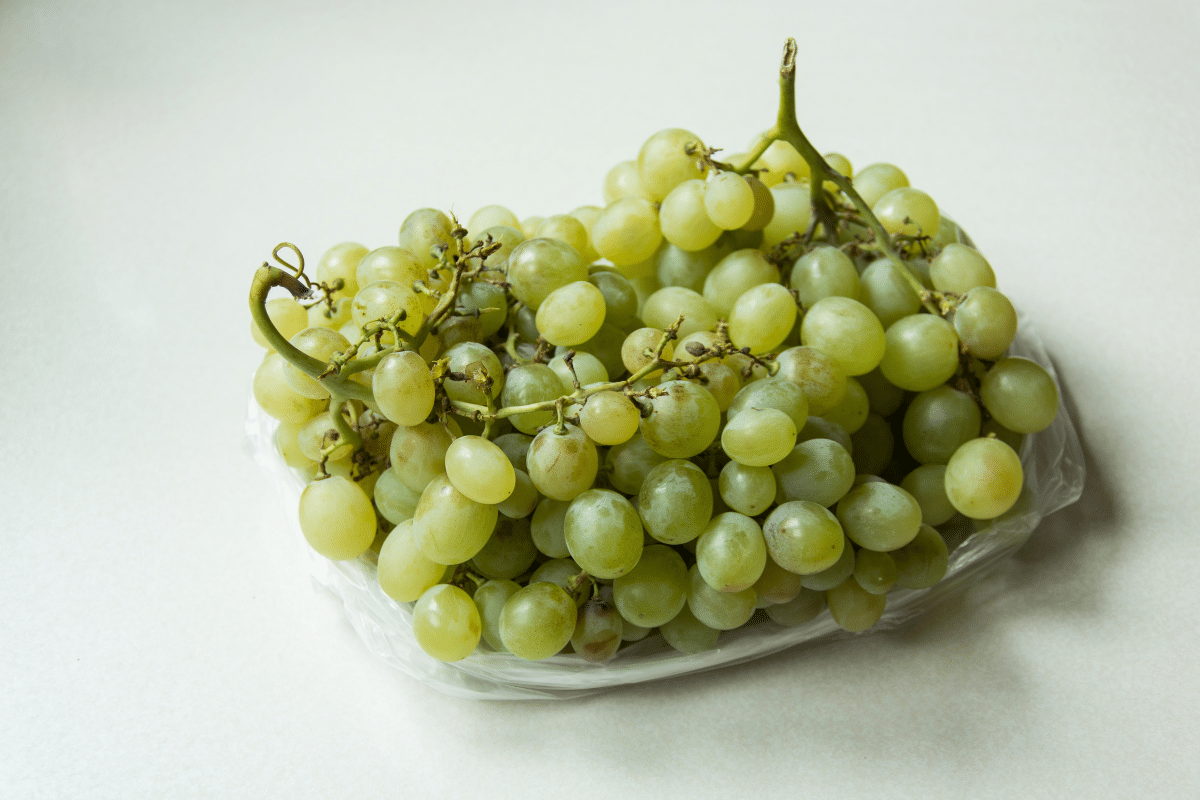
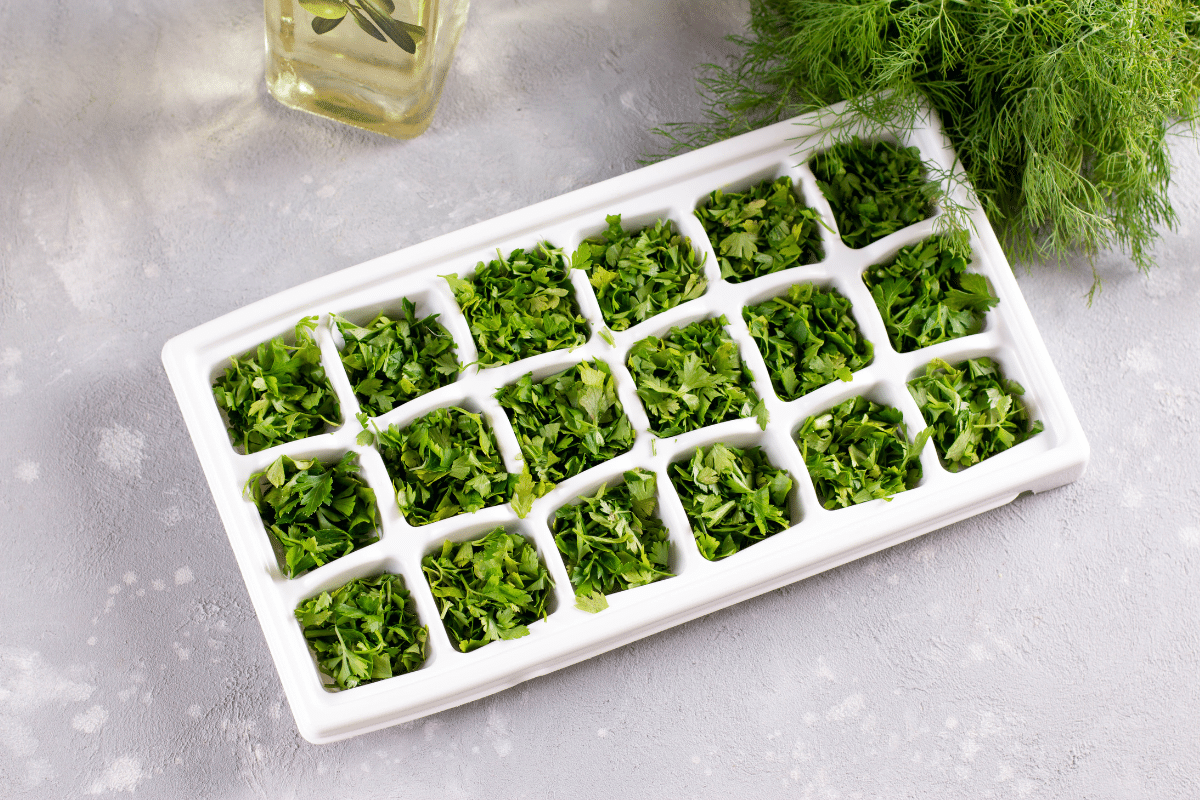
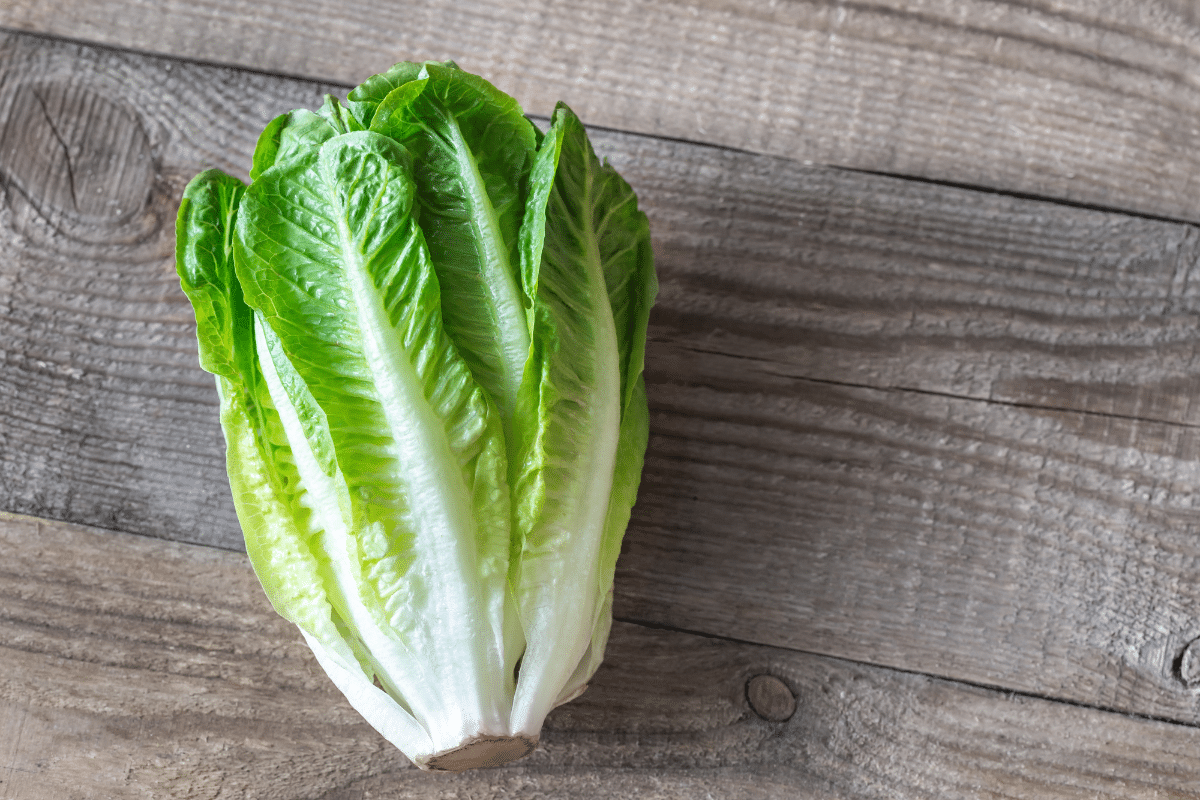
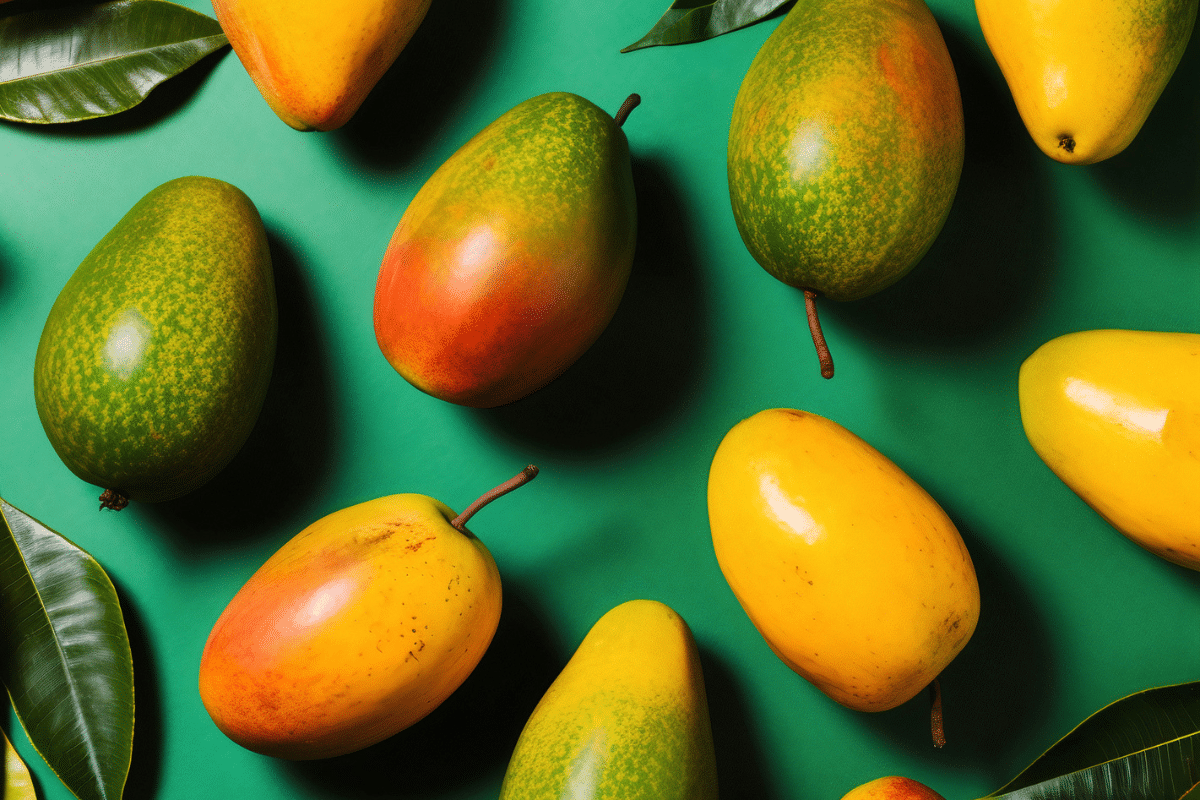
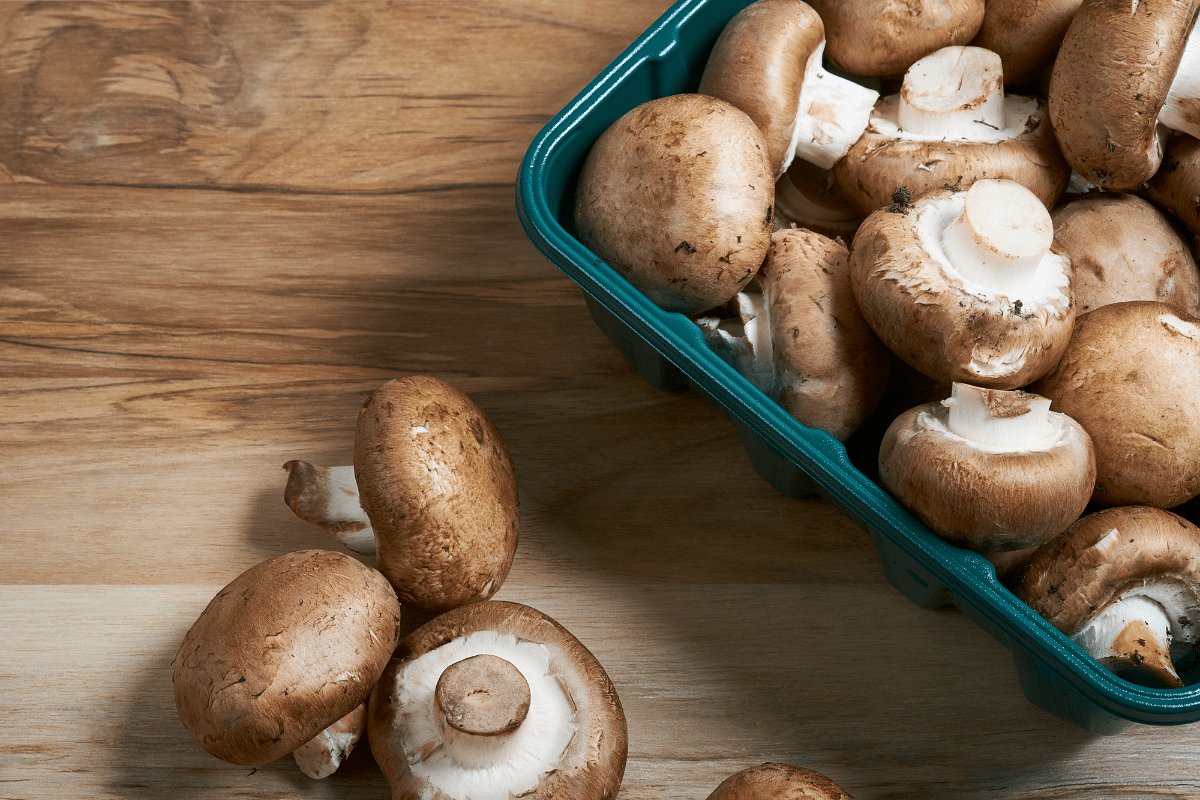
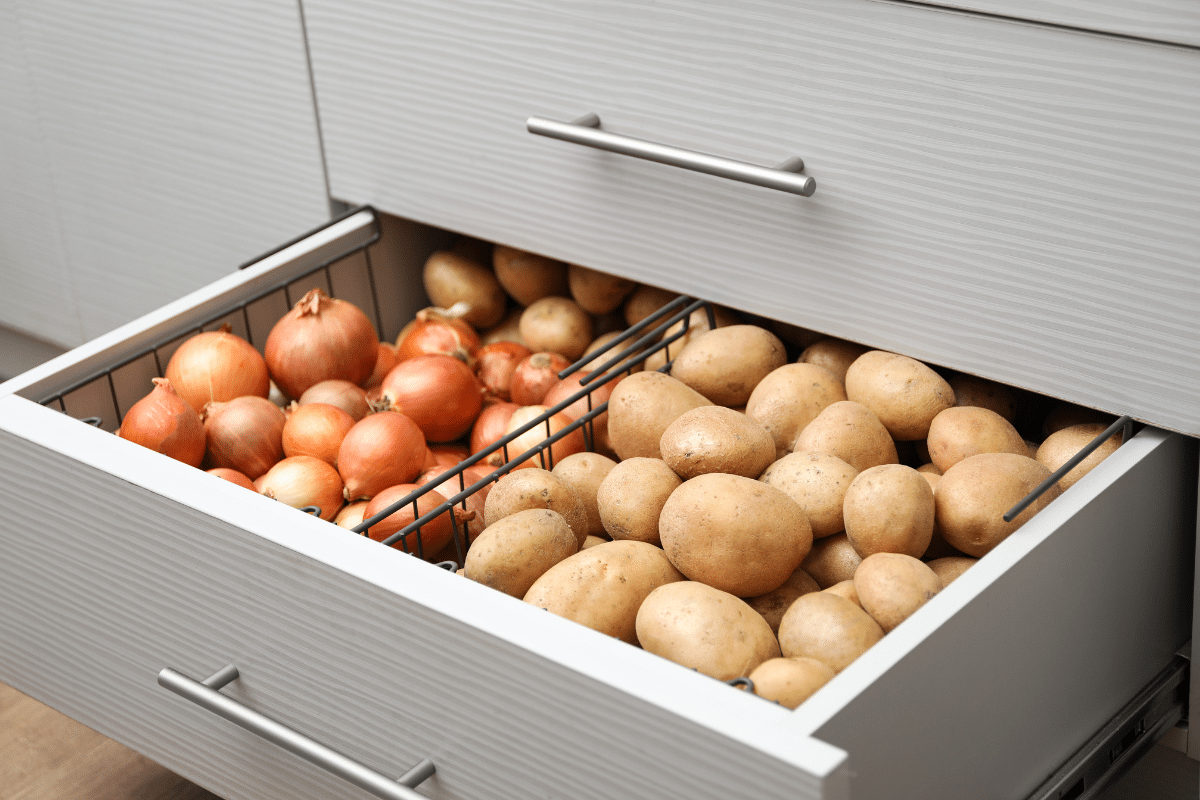
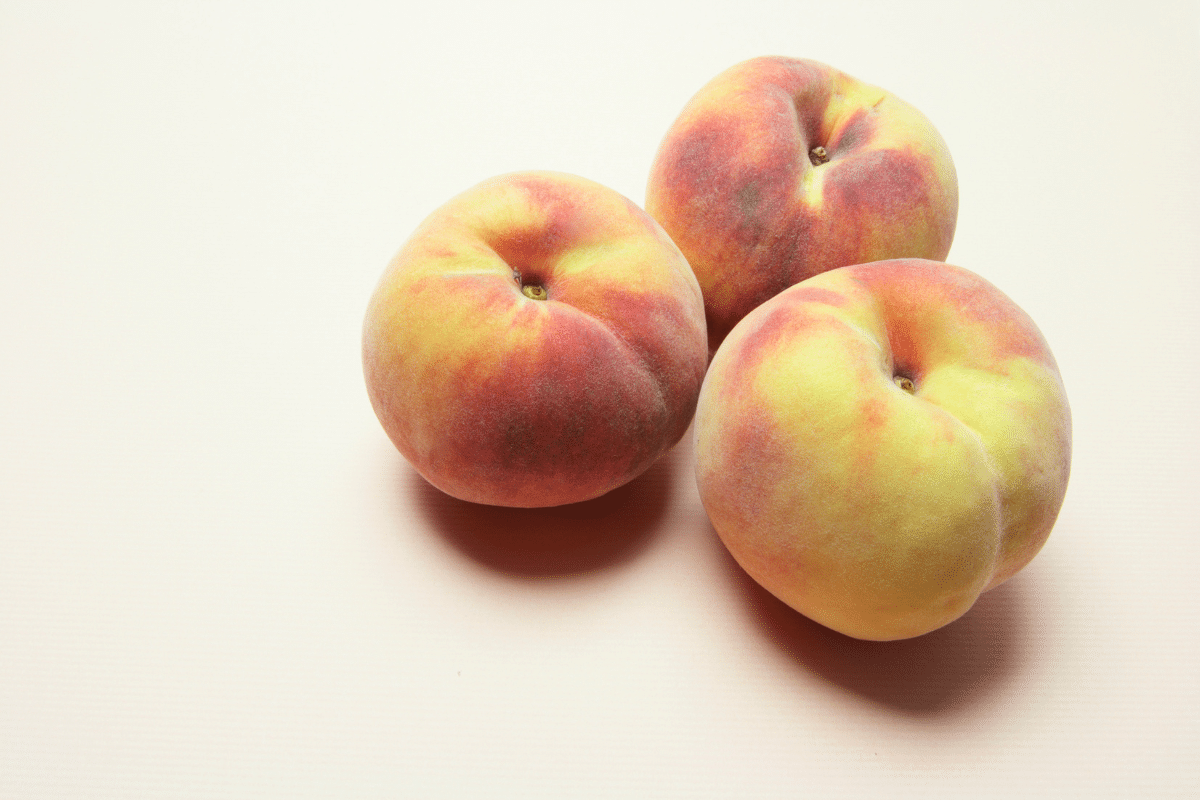
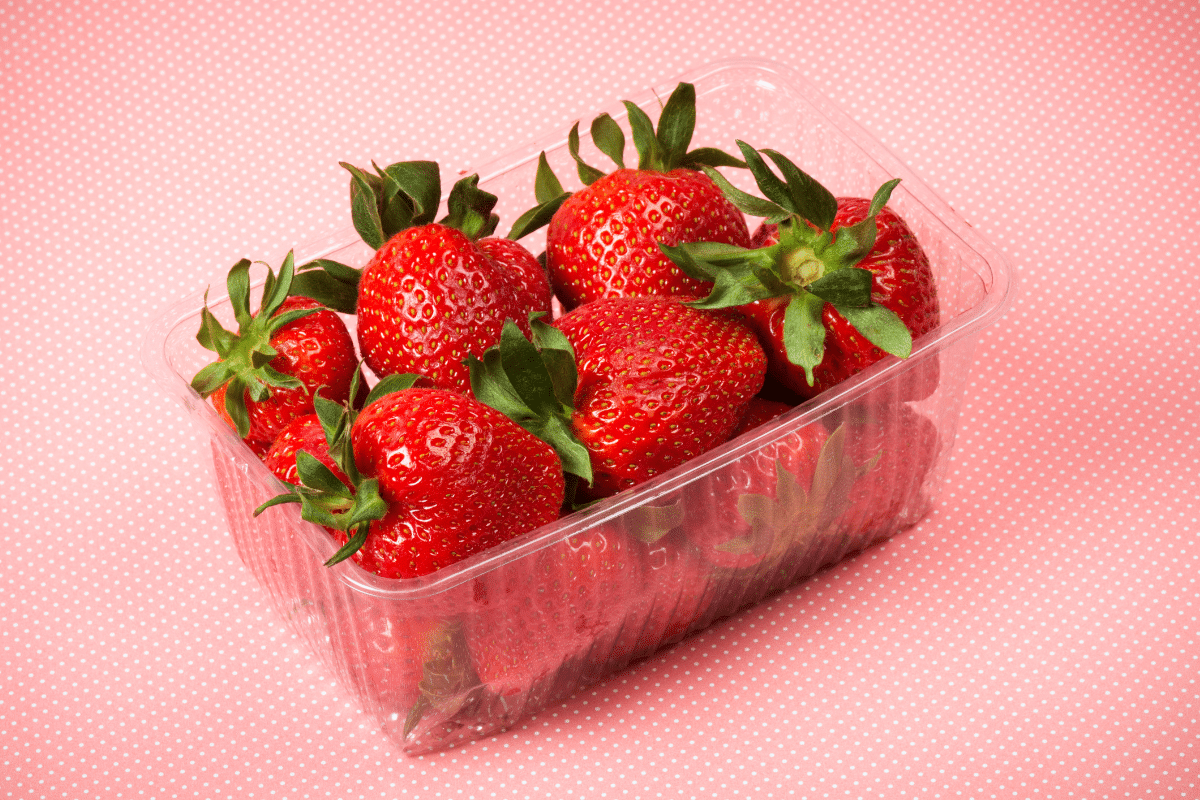
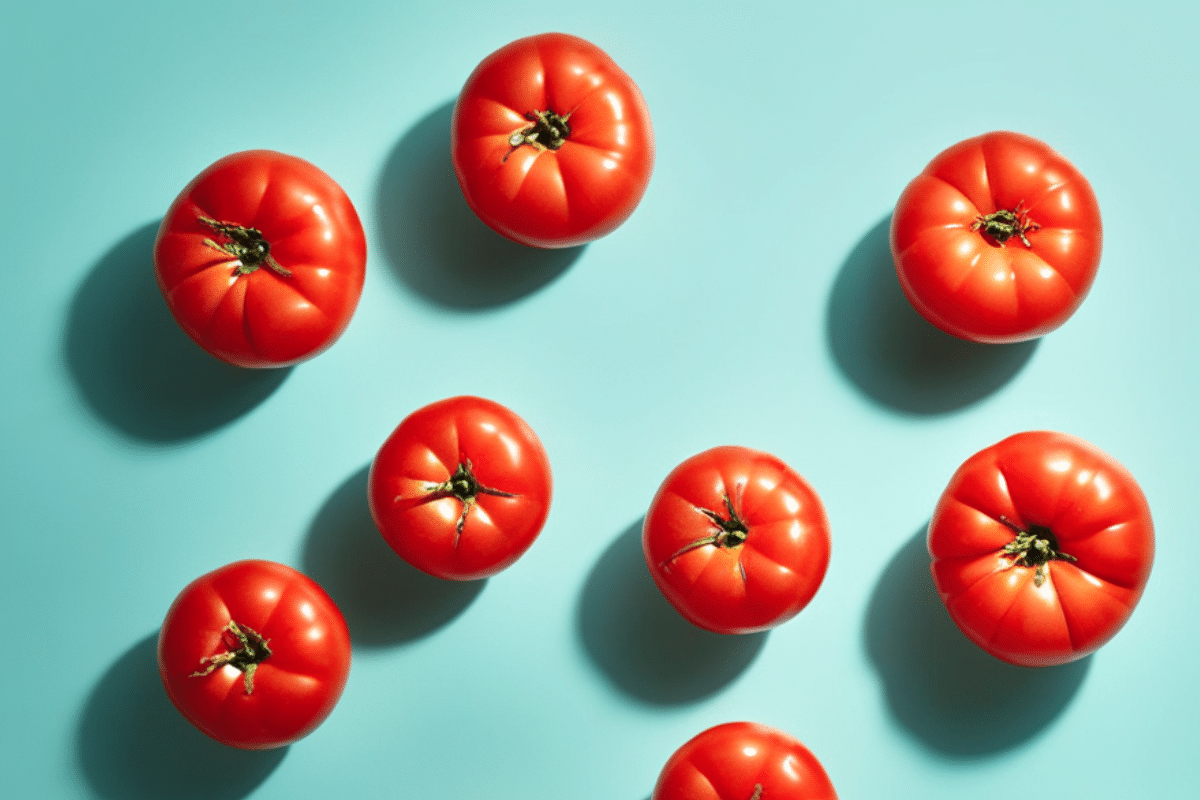
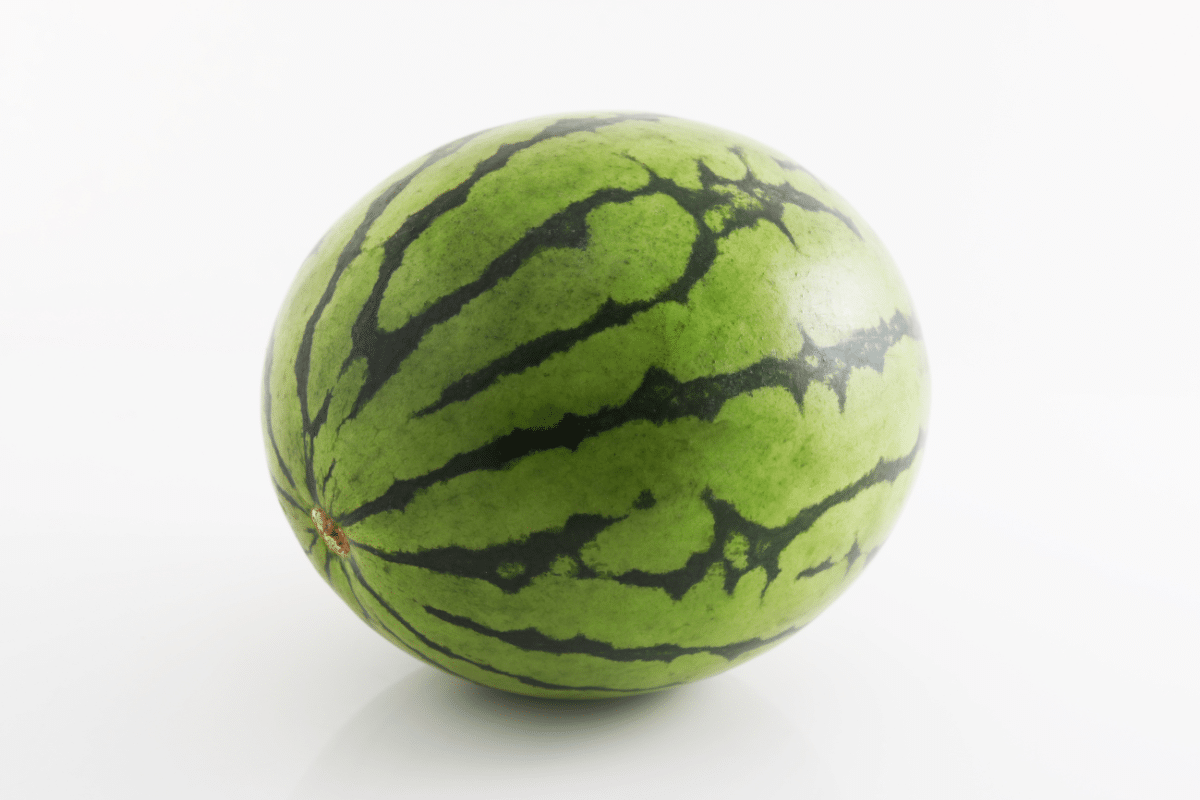
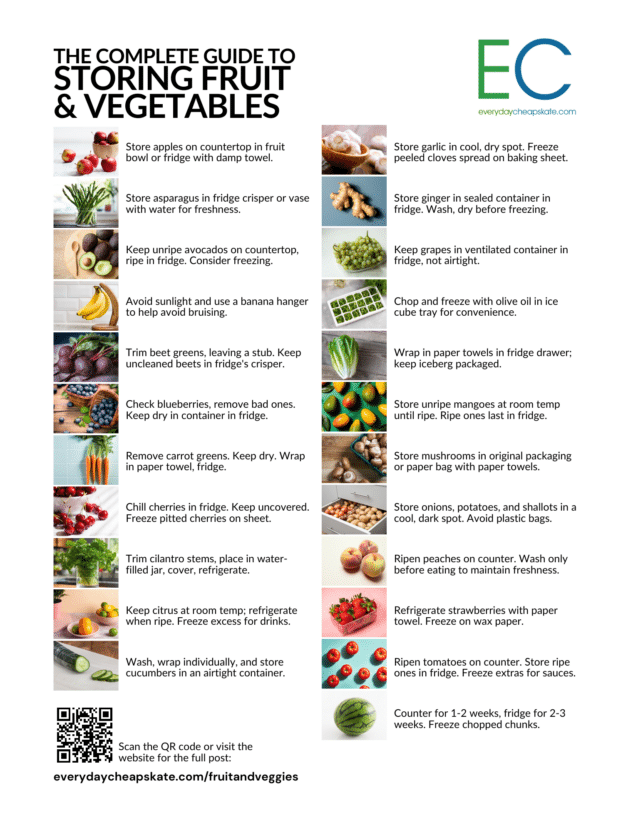

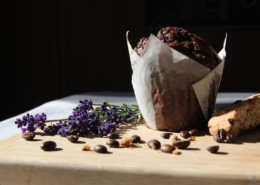
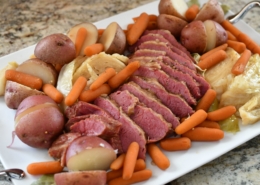
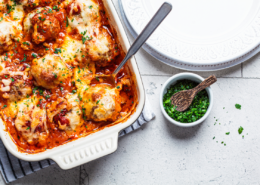
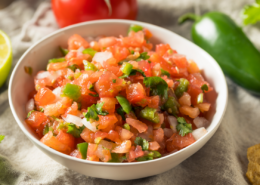

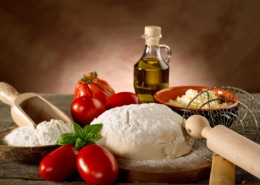
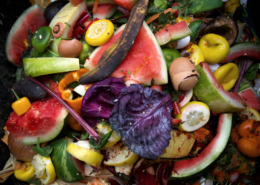
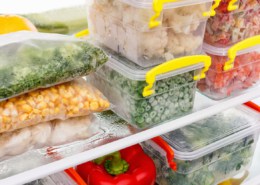



I have found that soaking for 30 seconds in a weak solution of water and vinegar prevents all kinds of mold! This works well for all citrus, berries, and tomatoes. (That’s all I have tried so far.) I do this in a salad spinner so that, after soaking, I can rinse with clear water and then spin-dry. I store the berries and citrus fruits in the refrigerator, and tomatoes on the counter. Works like a charm! I also wrap celery tightly in foil. This also works with lettuces.
Check this out: How to Make Highly Effective Fruit and Vegetable Wash
I purchase Debbie Meyer’s green bags and green boxes off Amazon. They keep produce from going bad and they work. I also have tried a tip a friend gave me on avocados. When I buy them I usually try to get harder green ones that aren’t ripe right away. I store them in a glass container filled with water in the fridge and sure enough , they don’t get too ripe too quickly.
I bought some wonderful veggie/fruit keepers from Tupperware. They work really well. For instance, we now can finish all the lettuce before it goes bad. Note, they don’t work for every fruit or vegetable. They give you a list of what works and what doesn’t. I highly recommend them!
I read somewhere to wrap your celery tightly in aluminum foil. I tried it and the celery stays crisp for much longer.
I keep my washed and dried strawberries and cherries in canning jars. They keep for 2-3 weeks. I also freeze chopped celery. I found I can add the celery to salads. My motto, before I throw it out, I try to freeze it.
Thank you for all the work you do to make life so much easier for the rest of us! God bless you for your hard work and love for your fellow “cheapskates”!
Just wanted to share a little tip: we store pretty much all of our fruits and vegetables in berry boxes (specifically the Hutzler Berry Box. We’ve tried other brands and they have not worked as well. And, no, this is not a paid advertisement. I do not have any connection with the company other than being a loyal customer). They’re amazing! We wash and air-dry everything according to your recommendations (LOVE your produce wash!) and put them into the boxes. I’ve even put damp blueberries in and still have great results. I believe that’s because it’s a ventilated box that sits elevated inside another box. This keeps the produce out of any moisture that collects at the bottoms. One of the best inventions ever, in my opinion! And they come in 3 sizes so they fit every need.
Thanks JJ! Here’s a link for readers interested in Hutzler Berry Boxes
Also How to Make Highly Effective Fruit and Vegetable Wash
My sister gave me the best way to keep avocados fresh longer. Once they’re close to ripe, wrap them in foil and put them in the refrigerator. Will keep them a week or more.